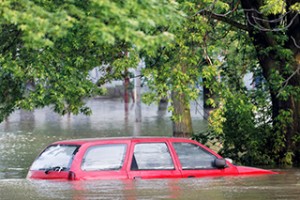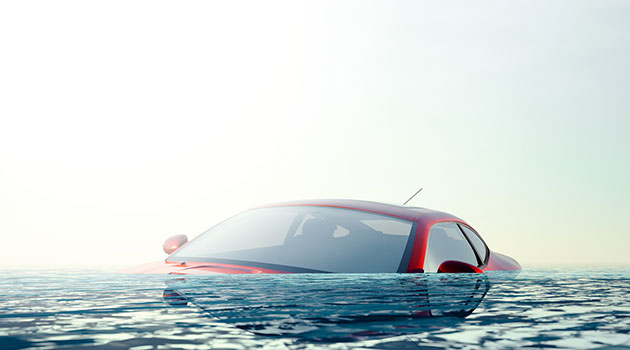
After the rains comes the flood, and after the flood comes the rising tide of flood-damaged vehicles.
Following the heavy showers that recently caused mass flooding in Texas and South Carolina, Washington State is warning residents to be wary of water-damaged cars for sale.
While the practice of selling a flood-damaged car is not illegal, state officials expressed concern that sellers may be enticing potential purchasers with low prices, while not being up-front about the vehicle’s recent history.
Water damage can cause issues not only with a car’s electronics, but with parts of the often metal-forged frame exposed at the bottom of the car. Heavy flooding can trigger faster rusting in parts like axels, causing them to fall apart from even a minor accident, according to Scott Wagner, a senior special agent with the National Insurance Crime Bureau (NICB), who often investigates “flood cars.”
He, along with the Washington Department of Transportation (DOT), offered several tips on how to ensure your new car purchase is a sound one:
- Have the car inspected by a trusted mechanic before purchasing it.
- Check the car’s title for a “salvaged” stamp, and look up the date and place of transfer to see if it came from a recently flooded area.
- Get a vehicle history report on the car.
- Look for signs of water in the dashboard, and ensure all gauges are correct.
- Make sure the lights, windshield wipers, turn signals, cigarette lighter, radio, heater, and air conditioner all turn on properly.
- Check the wires under the dashboard. If they have been water-damaged, they will feel brittle and stiff to the touch.
- Look for watermarks, rust, mildew, musty odors, or mud below the seats, in the trunk, and in the glove compartment.
- Check for discolored, faded, or stained upholstery and carpeting. Carpeting that does not match other panels around it may have been recently replaced.
- Ask the owner directly about the car’s history, and have them state in writing on the car’s bill of sale that there has been no previous flood damage.
